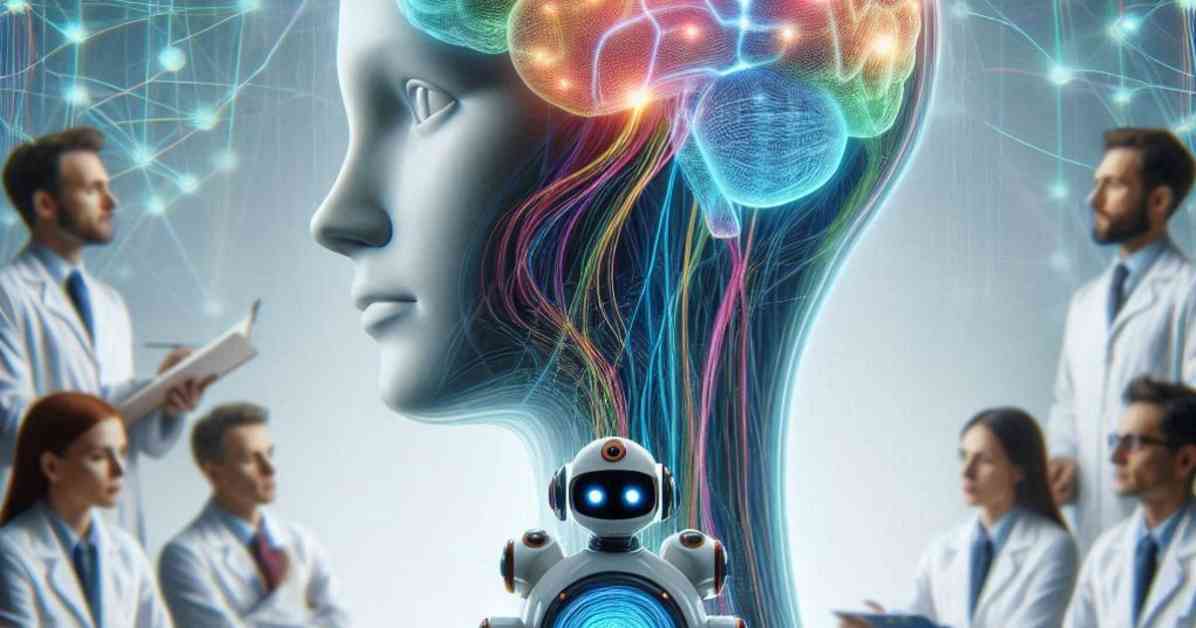Maryam Shanechi, a renowned expert in Electrical and Computer Engineering and the director of the USC Center for Neurotechnology, along with her team, recently made a groundbreaking discovery in the field of AI algorithms. Their new algorithm, named DPAD (Dissociative Prioritized Analysis of Dynamics), can separate specific brain patterns related to a particular behavior. This achievement has significant implications for improving brain-computer interfaces and uncovering new brain patterns.
When you read this article, your brain is engaged in various activities. You might be reaching for a cup of coffee, reading the article out loud, or even feeling hungry. All these behaviors, from arm movements to speech, are simultaneously encoded in your brain. This simultaneous encoding creates complex patterns in the brain’s electrical activity, making it challenging to isolate patterns related to a specific behavior, such as arm movement.
One critical application of this breakthrough is in developing brain-computer interfaces for paralyzed patients. These patients struggle to communicate their thoughts to their muscles, making it difficult to perform simple movements. By decoding planned movements directly from their brain activity, brain-computer interfaces can help restore function by translating these signals into actions, such as moving a robotic arm or controlling a computer cursor.
The DPAD algorithm, developed by Shanechi and her team, prioritizes the identification of brain patterns associated with a specific behavior, such as arm movement. This targeted approach allows for more accurate decoding of movements from brain activity, enhancing the effectiveness of brain-computer interfaces. Additionally, the algorithm can uncover new patterns in the brain that might have been overlooked by previous methods.
One of the key features of the AI algorithm is its ability to focus on behavior-related brain patterns during training, ensuring that these patterns are learned with priority. By separating these patterns from others, the algorithm can prevent interference and improve the overall decoding process. The flexibility of neural networks used in the algorithm also allows for a wide range of brain patterns to be described and analyzed.
Beyond restoring movement in paralyzed patients, the DPAD algorithm shows promise in tracking mental health symptoms with precision. In the future, this algorithm could potentially be used to decode mental states like pain or depression, aiding in the treatment of mental health conditions by providing accurate feedback on a patient’s symptom states to tailor therapies effectively.
Shanechi expressed her enthusiasm for further developing the algorithm to track symptom states in mental health conditions, highlighting the potential for brain-computer interfaces to address a wide range of health issues. This breakthrough opens up new possibilities for utilizing AI algorithms in understanding and decoding complex brain patterns, ultimately leading to improved treatments and interventions for various conditions.
In conclusion, the development of the DPAD algorithm represents a significant step forward in the field of brain-computer interfaces and neurotechnology. By unlocking hidden brain patterns and prioritizing behavior-related signals, this algorithm has the potential to revolutionize how we interact with and understand the complexities of the human brain.












